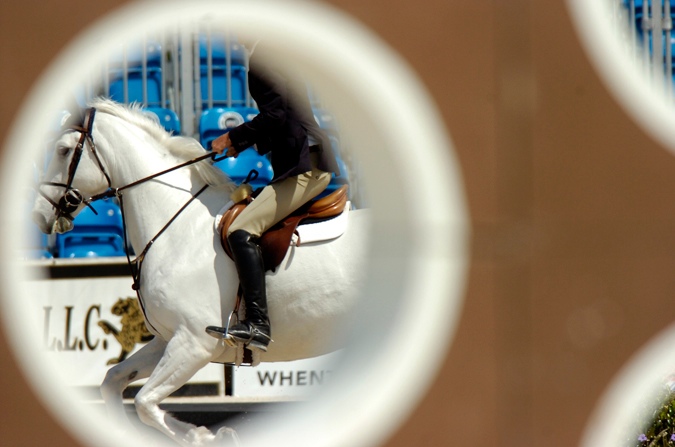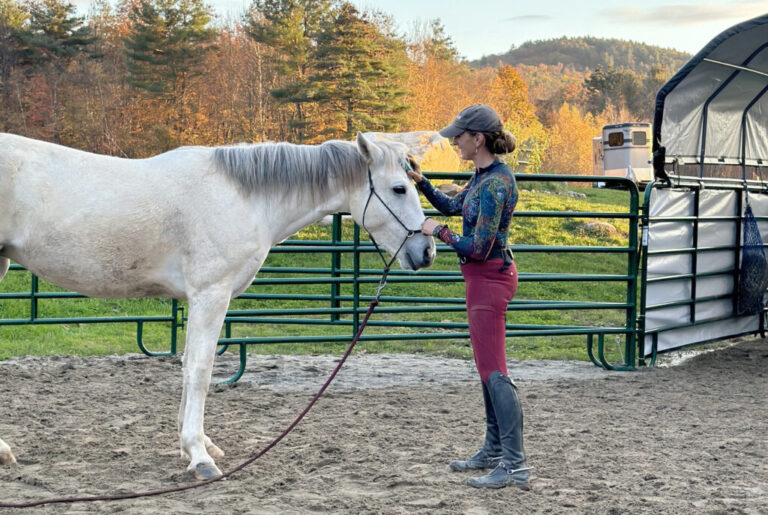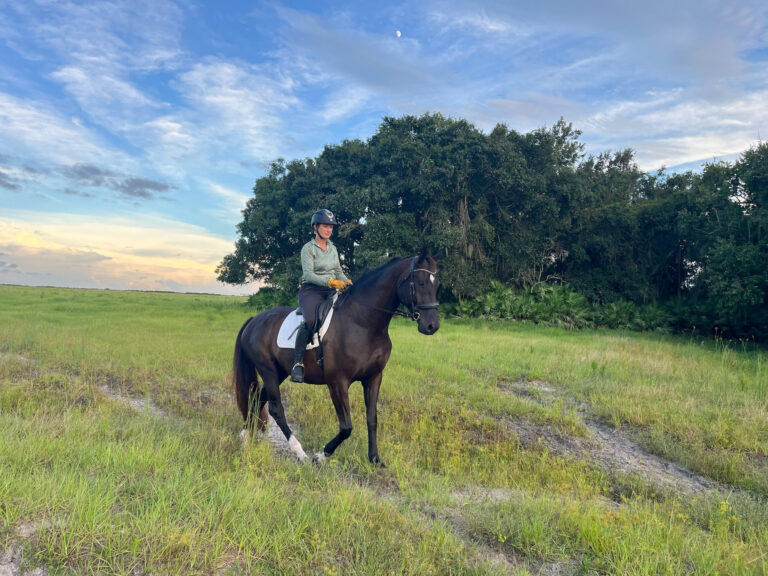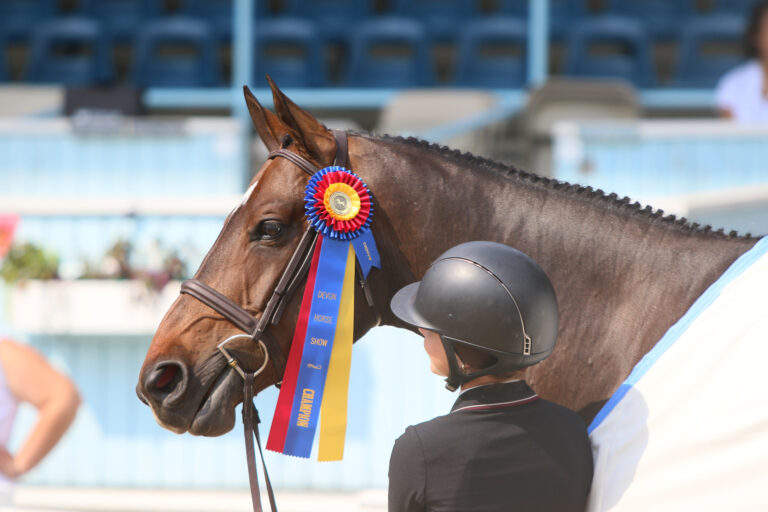Publicly, at least, the eventing community’s opinion is split about the change to a CIC format (no Roads and Tracks, no Steeplechase) for the 2004 Olympic Games. When the FEI (International Equestrian Federation) suggested the change to the IOC (International Olympic Commission) as an alternative to a proposal to eliminate eventing from the Games, U.S. individual gold/team silver medalist David O’Connor and Canadian veteran Stuart Black supported the idea in these pages; but British Eventing board member and World Equestrian Games 2002 course designer Mike Tucker described it as a step backward, reintroducing speed risks that eventing had just spent two years working to reduce. Now that the format has been adopted for Athens, we asked Jim Wofford-a four-time Olympic event competitor, Team and Individual silver medalist, coach to many current and rising stars, and technical advisor to the Canadian eventing squad-for his assessment.

This decision changes the nature of the sport. Endurance is no longer going to be at a premium; that means that horsemanship and all-around knowledge of horses are no longer going to be at a premium. Preparing a horse to gallop around a course of thirty-five jumping efforts spread over 3 1/2 miles is no great feat of horsemanship. However, preparing him to do that same course immediately following the first three phases of a full-scale three-day event is a horse of a different color. And that is why so many riders and trainers are so firmly committed to three-day eventing, in the format that we classically know it, as the ultimate test of horse and rider.
I walk a lot of courses, with a lot of people. When we start the course-walk of a three-day event, I always point out that the Speed and Endurance competition begins when you start Phase A. It does not begin when you start Phase D. If you get to Phase D and you have ridden your horse stupidly in the previous phases, you are not going to be as competitive as someone who has ridden very intelligently in those three phases.
What’s the difference? Awareness. Awareness of the interaction between weather, footing, terrain and your horse in those phases. And awareness of what his limits are: of how much energy he has left in his tank and whether it’s enough to complete the endurance section of the course successfully, with no jumping faults and few time faults. Developing that awareness is largely a function of experience.
As you dumb down the sport, you dumb down the horsemanship it develops. If you make the requirements average, you get average riders and trainers. You don’t get Mark Todd and Mark Phillips.
You also get average horses: average in terms of endurance and in terms of those intangible qualities of heart and desire and drive. In eventing, as in racing, we’ve seen any number of horses that just refuse to get beat: horses that won’t lose, that just won’t let it happen. They rise above the level of competition and impose their wills on the outcome. Those are the horses I’m afraid we’re going to lose with this format change.
When you remove the endurance aspect from the Olympics, you open up the potential for successful completion to a different kind of horse. There are horses around the world that have been bred for movement and power but have been less than successful in the classical eventing format. These horses are non-Thoroughbreds; they lack the ability to gallop at speed for long distances.
As for safety–going to a CIC, getting rid of Roads and Tracks and Steeplechase, which are warm-up and recuperation phases, is not going to improve the safety of eventing at all. If anything, it’s going to increase the pace over the cross-country course, because all of the horses will be fresh. That means the course designers are going to have to build more difficult combinations in an attempt to slow riders down. But all that will happen is that the riders will go more slowly over increasingly difficult combinations, then race away in an attempt to catch up to the clock–many of them, very likely, on horses bred not for speed but for power, movement, and submission. In my view, this is a prescription for dangerous riding-and dangerous riding produces falls and fatalities.
How We Got Here
I think the reasons the FEI went for the change to a CIC format in the Olympics are twofold: One is a reaction to criticism from animal-rights groups in Europe. The other is subtle but very strong pressure from the sporthorse breeders in western Europe. I think the FEI folded and accepted the change so quickly because for ten years they’ve been getting pressure from the western European nations, led by the Germans and supported by the Dutch and Belgians. And the big reason is money: There’s an enormous amount of money involved in the prices these sporthorses are going for.
As for the IOC, we’ve been in its crosshairs for a long time-ever since [former IOC president Juan Antonio] Samaranch took over. The IOC members view us as elitist. They don’t like the fact that there are equestrian athletes in the Games, they don’t like the idea of a “wealthy” sport, and they don’t understand it. They don’t think of it as human athleticism involved with equine athleticism. So they have long wanted a way to get us out.
And we haven’t helped our own case because we haven’t been totally smart. In 1980, the IOC announced that all the host cities would have to provide a “lasting legacy to the sport”: that facilities would be designed in such a way that, after the Olympics went away, there would still be a velodrome, or a diving pool, or a gymnastics facility–that a city could not just rent the facilities or put up temporary structures and then demolish them. Well, this immediately became a giant intergovernmental boondoggle in all 35 sports. And this “legacy” thing is what [current IOC president Jacques] Rogge is trying to get a handle on, because Olympic-discipline organizers have used it as a way of buying off mayors and municipalities, saying we will build something in your municipality, and it will be extravagant and create jobs, if you’ll support a bid for the Olympics in, say, 2012. Well, any politician with any sense is going to leap on that with cries of glee. Because that’s money. And so our costs, along with those of all the other sports, have been expanding and expanding and expanding.
As I say, we weren’t terribly prescient about that. We didn’t really get the impact until it was pretty much too late. Instead of just going along with that idea, I would have wanted to see the FEI say, “Now, wait a minute. The costs involved in running eventing aren’t the same as the costs involved in building an Olympic stadium in a park in Conyers, Georgia, so we should not be blamed for something like that.” Another argument I would have liked to see made would have been this: “We are quite an expensive sport to build for, we agree. But if you allow FEI to have more of a say, we can control the costs for you to a much greater extent.” I would also have liked the point made that we sell more tickets than anything other than the opening and closing ceremonies (and, in some cases, the finals of track and field). The only reason we didn’t top the charts in Sydney was that they wouldn’t make the buses available to handle the crowds. They could have sold four times the tickets. We shouldn’t be slammed for being an expensive sport when we could have made money for the Olympic movement if we’d been allowed to.
Where We’re Going
The long-term picture for eventing in the Olympics–and for the other equestrian sports–seems a little cloudy right now. They didn’t throw us out this time; but Rogge did get through a provision that, from now on, every sport will be examined every quadrennial. That means everyone’s living on the bubble-and if there’s any sport that’s in the headlights now, it’s equestrian.
Not just eventing, either. Up to now, the major cry against us has been expense: overall expense and expense of the cross-country course. Well, when you take away a third of the competitors, then each horse you bring to the Olympics becomes 33 percent more expensive. So the next time around, somebody says, “Wait a minute. You had 125 horses and it cost you $125 million, and now you have only 75 horses and it still cost you $125 million.” Then what do you do? Drop dressage? Or jumping? Because, face it, under the present political situation the IOC isn’t going to add or substitute endurance or reining or any other equestrian sport. It’s just not going to happen.
What happens from here for the rest of top-level eventing isn’t clear, either. The word coming out of the FEI right now is that CCI-format events will still be used as qualifiers for the Olympics as well as the World Championship, which will still run as a CCI four-star. But of course, the riders very quickly are going to start saying, “Wait a minute. The horse that I want to run in the Olympics is not the horse I want to take to Badminton. For the Olympics, I’m going to buy some prissy-moving thing that’s a really, really good jumper and brave as a lion until he gets tired.” Any horse can gallop at 570 mpm; it’s not that fast per se. But it is fast when a horse has done 15 miles of exercise before that.
This decision has split the sport. Now the most hopeful scenario I can envision is that somehow we develop parallel leagues. And I think the FEI has allowed this to happen. I wish the FEI Three-Day Committee had taken a different approach, but we have to deal with the situation as it is, not as we wish it to be.
As for helping riders develop, this split complicates my job and the jobs of other coaches. Before this format change was instituted, riders aiming for the top always knew they needed to build the kind of horsemanship that eventing has prided itself in developing. Now I’m going to make the argument to the people I coach that this level of horsemanship is a worthwhile goal in and of itself-beyond the Olympics, beyond medals, beyond everything else: Just the sheer joy of understanding horses, in every aspect and under every condition, is a reward that’s worth all the effort.
Read more from Jim in his monthly “Cross-Country with Jim Wofford” column in Practical Horseman magazine.








